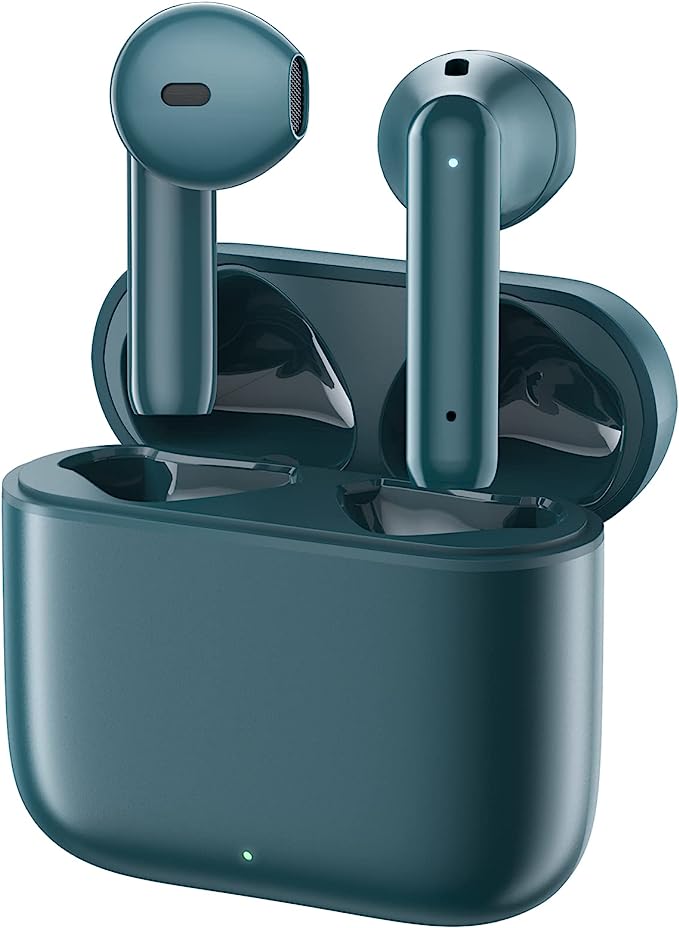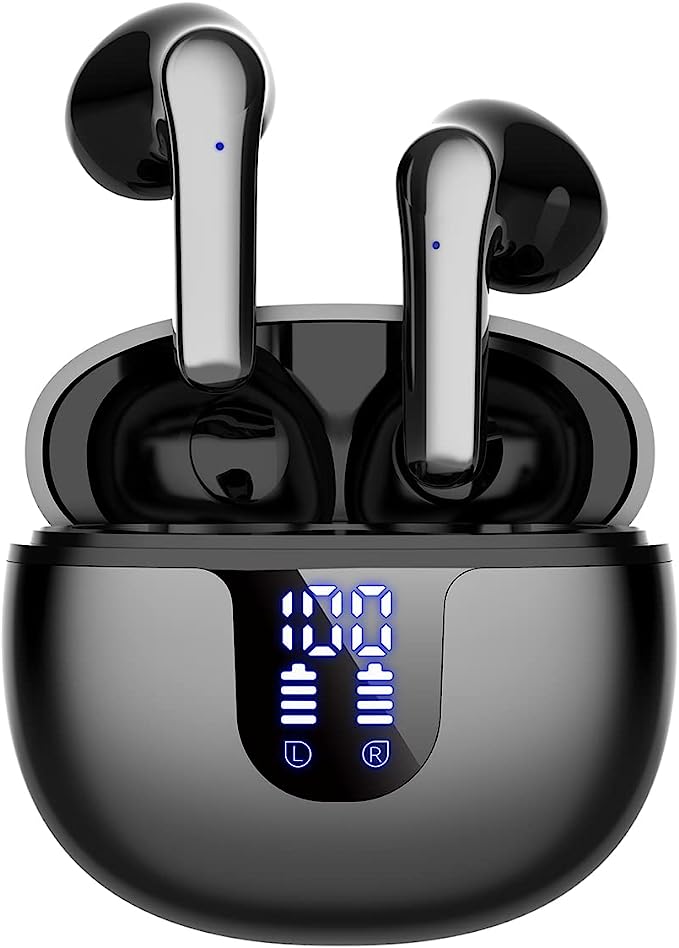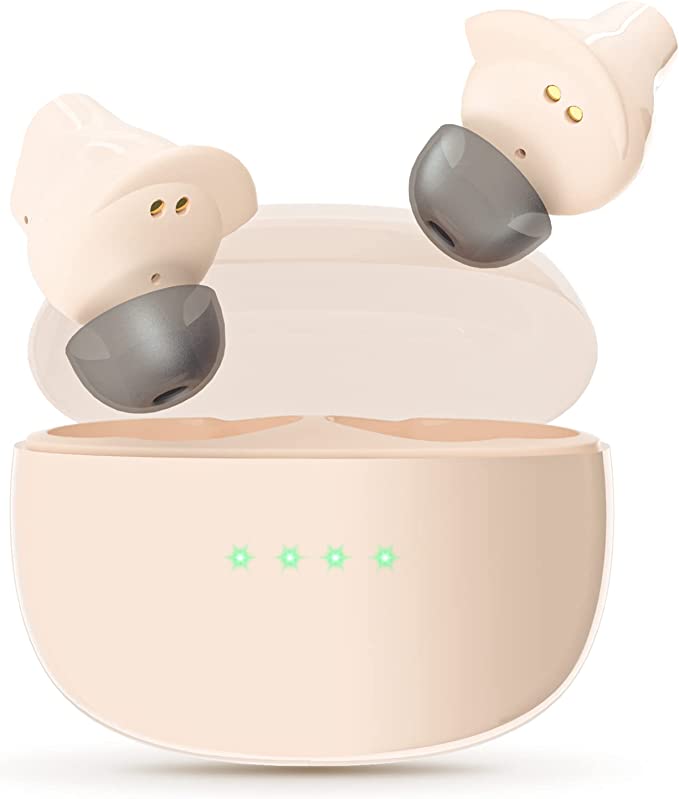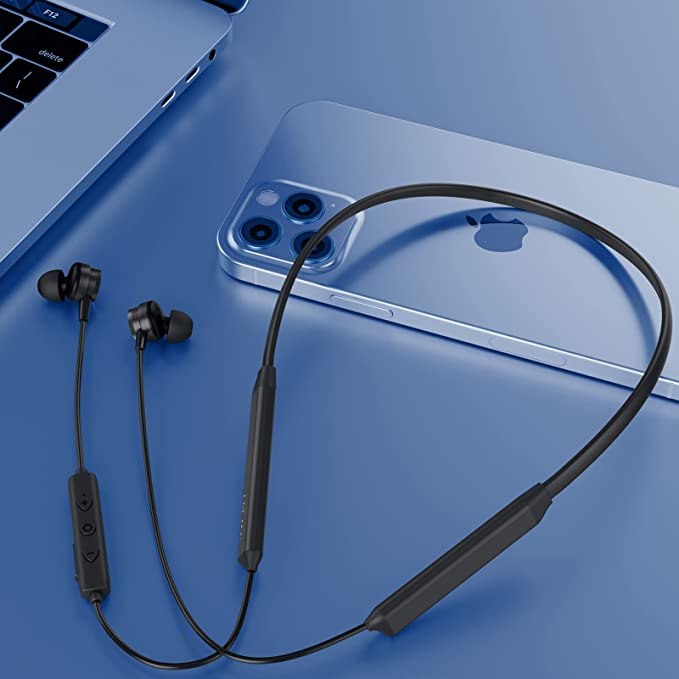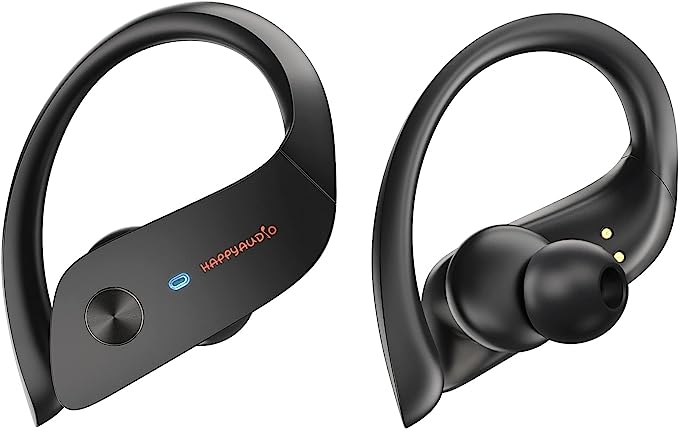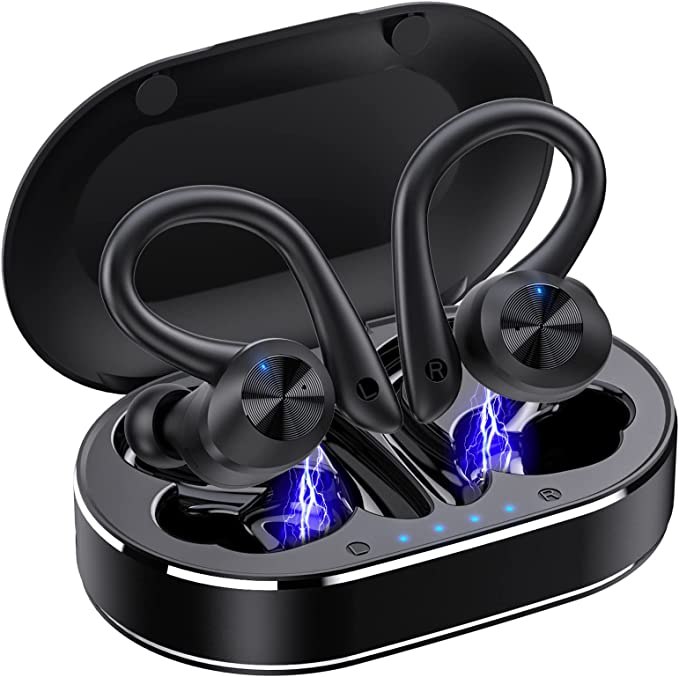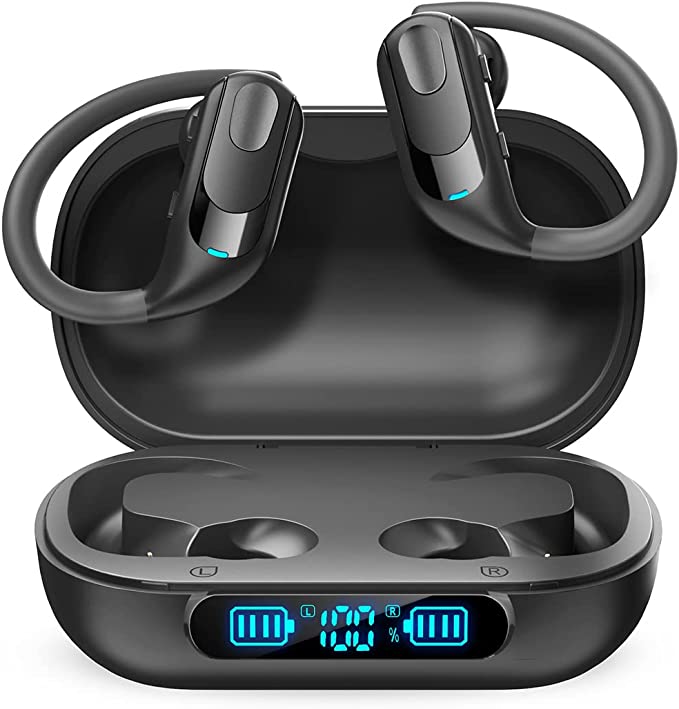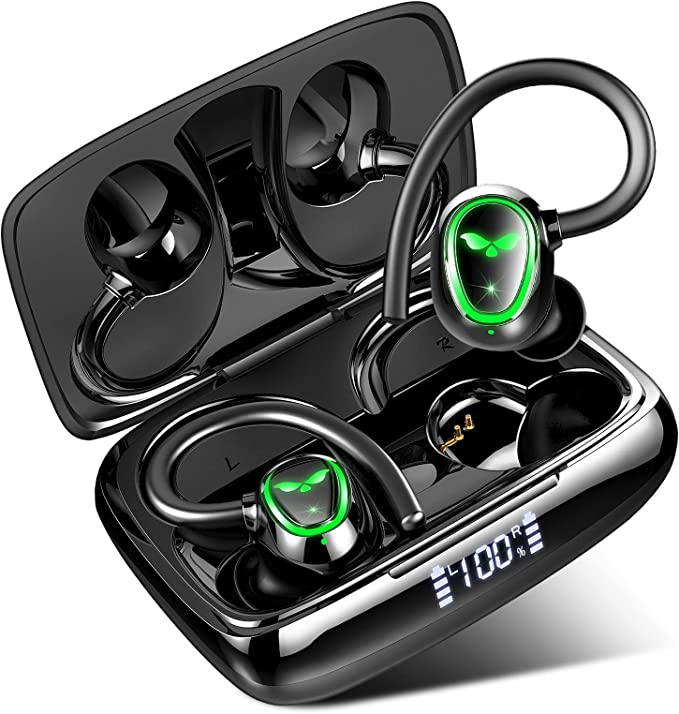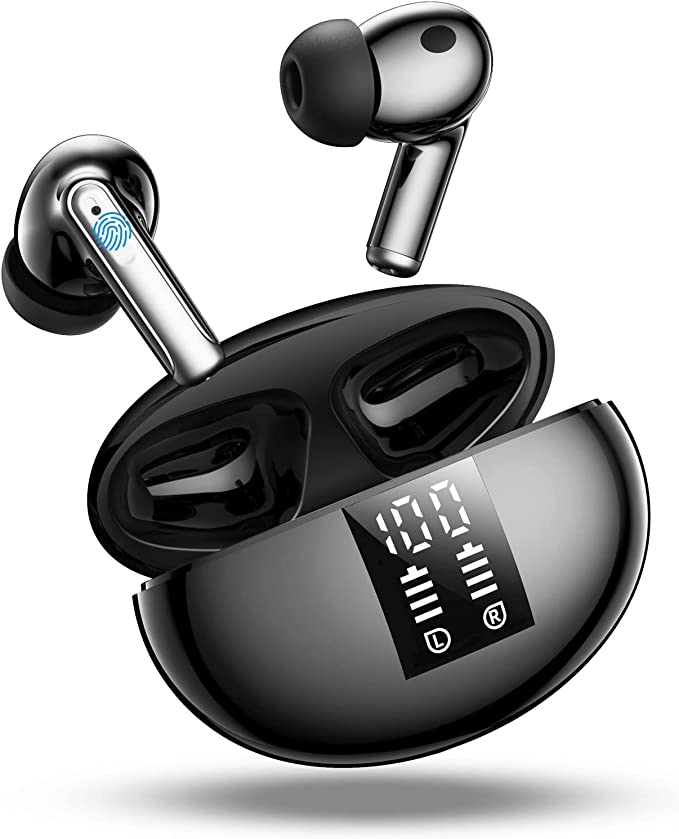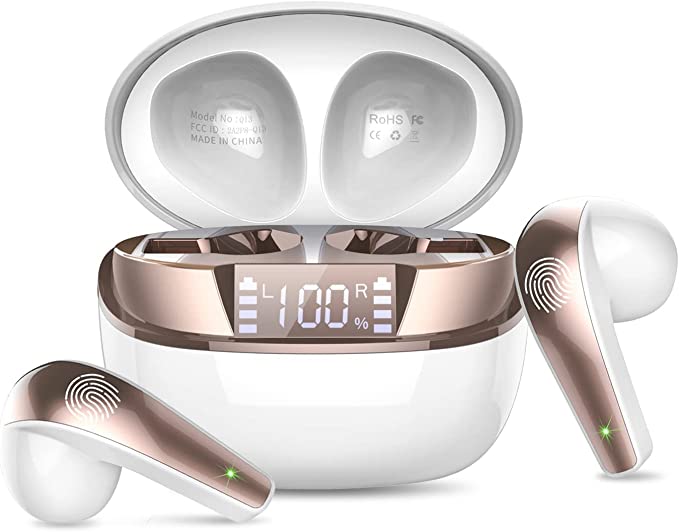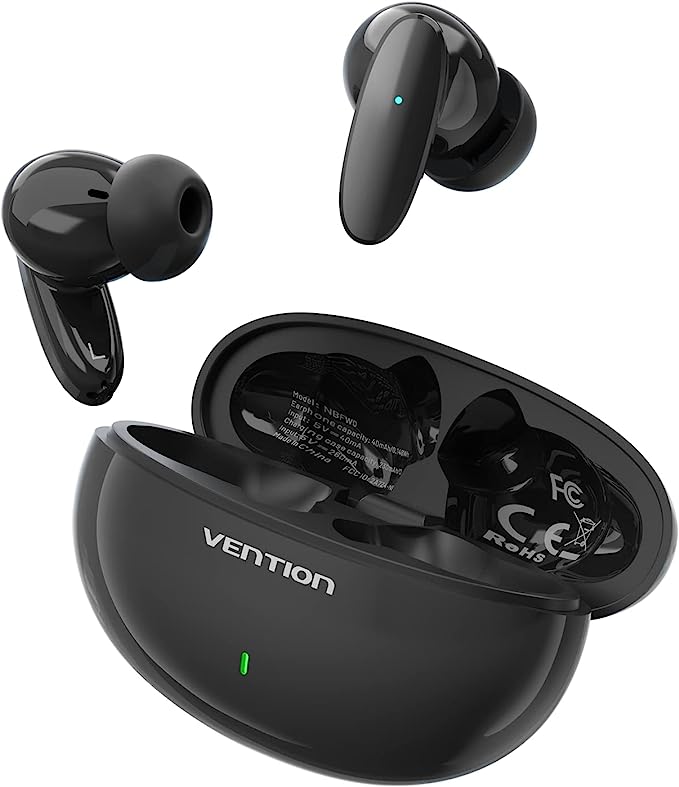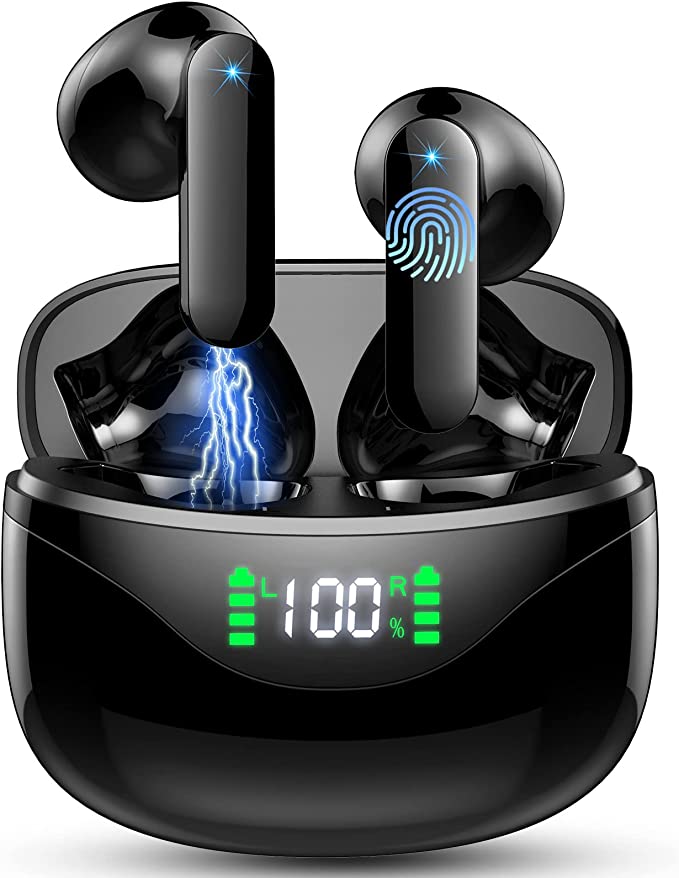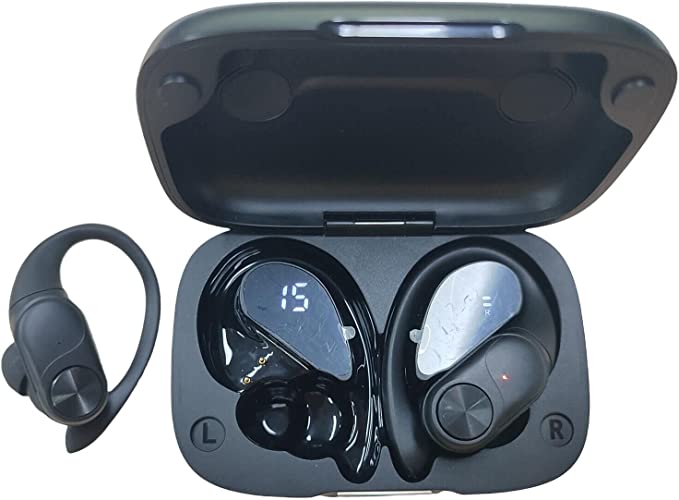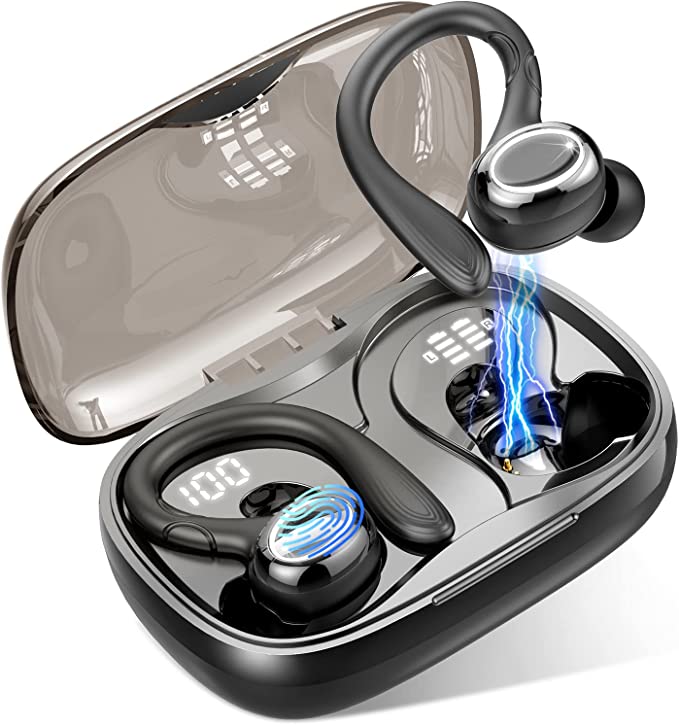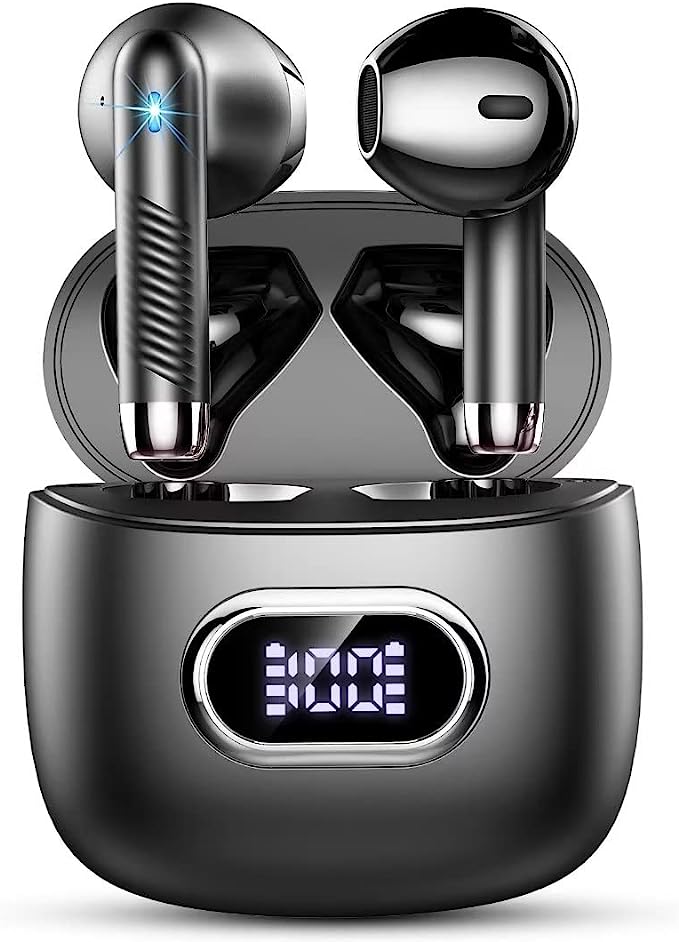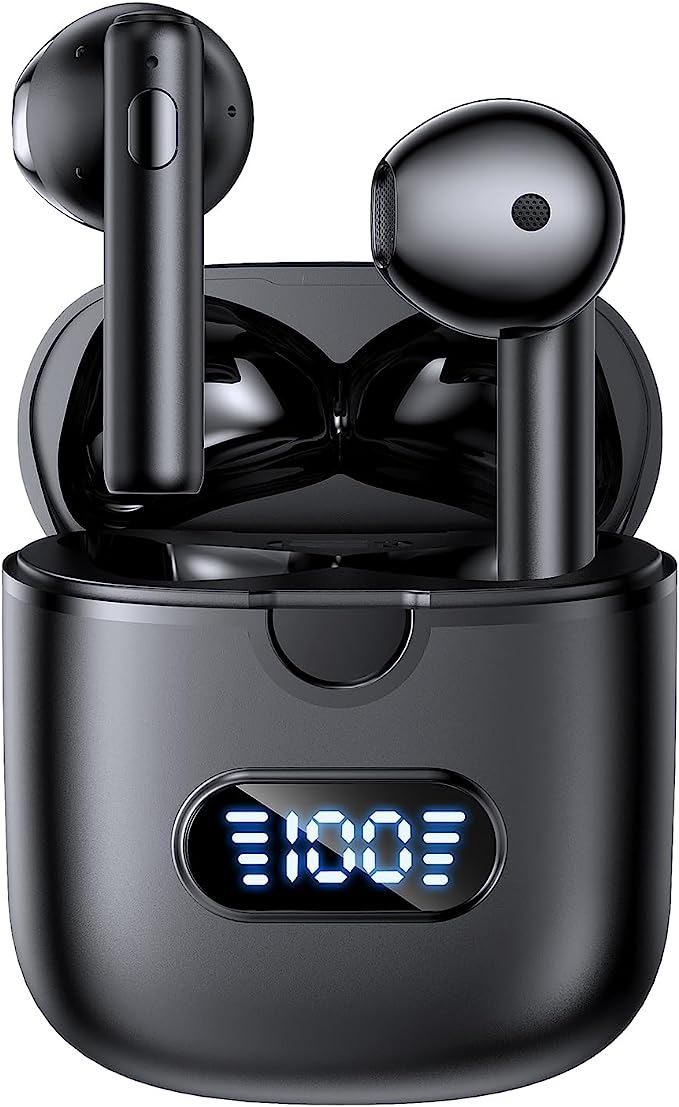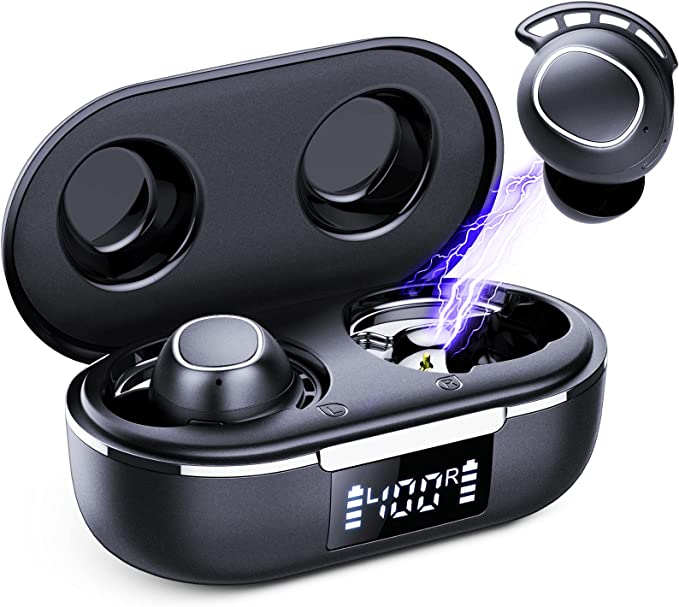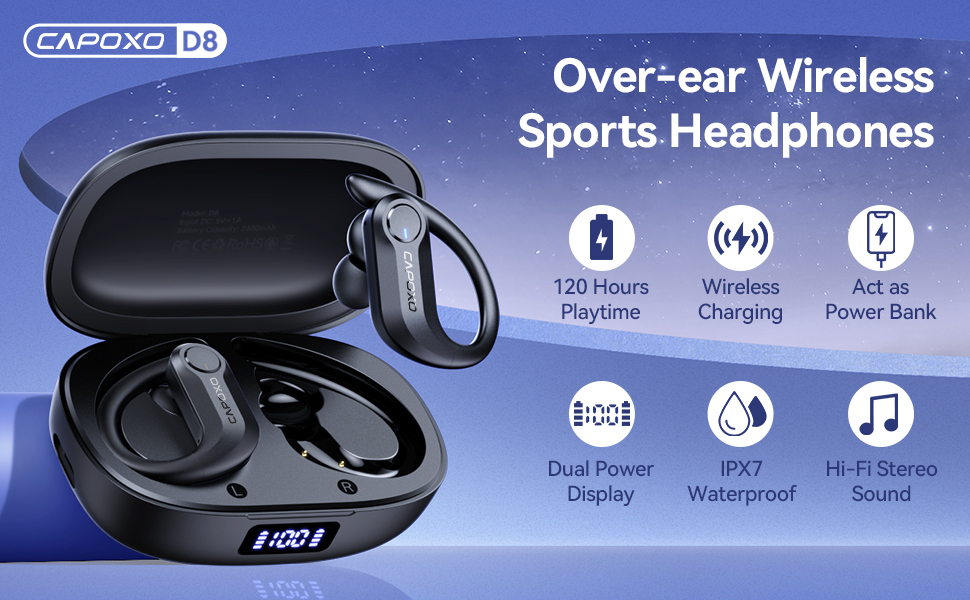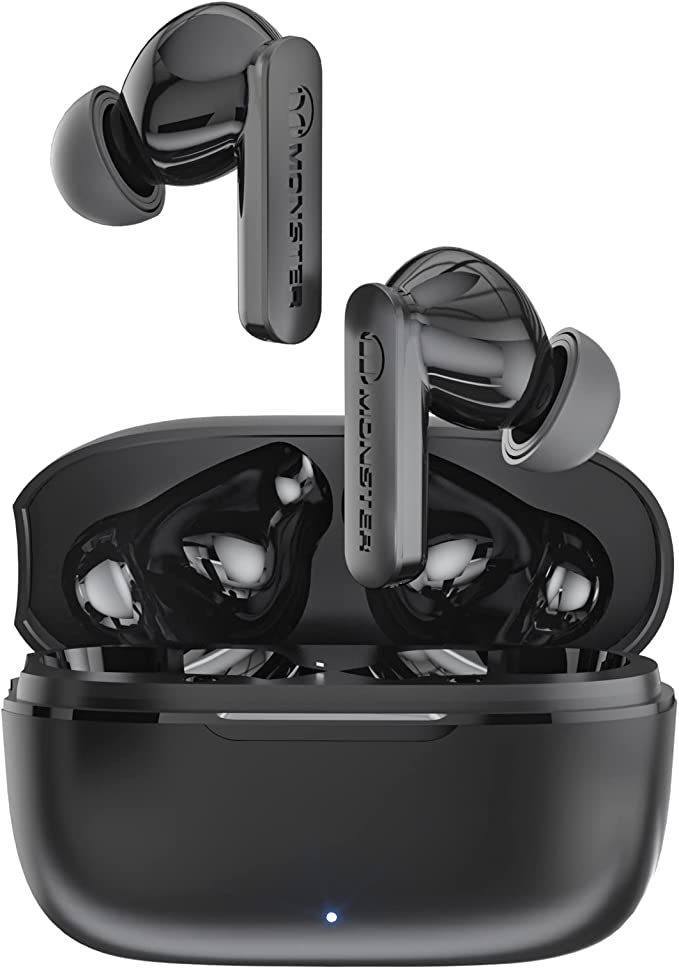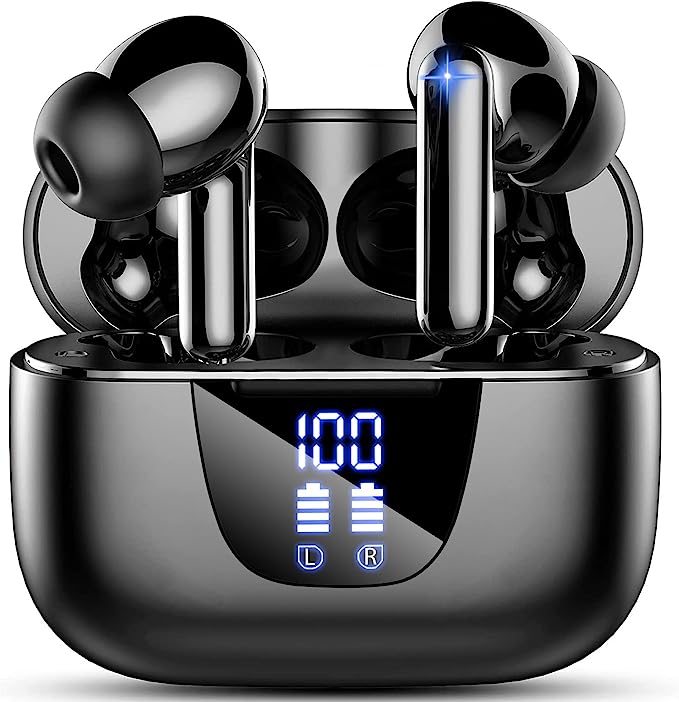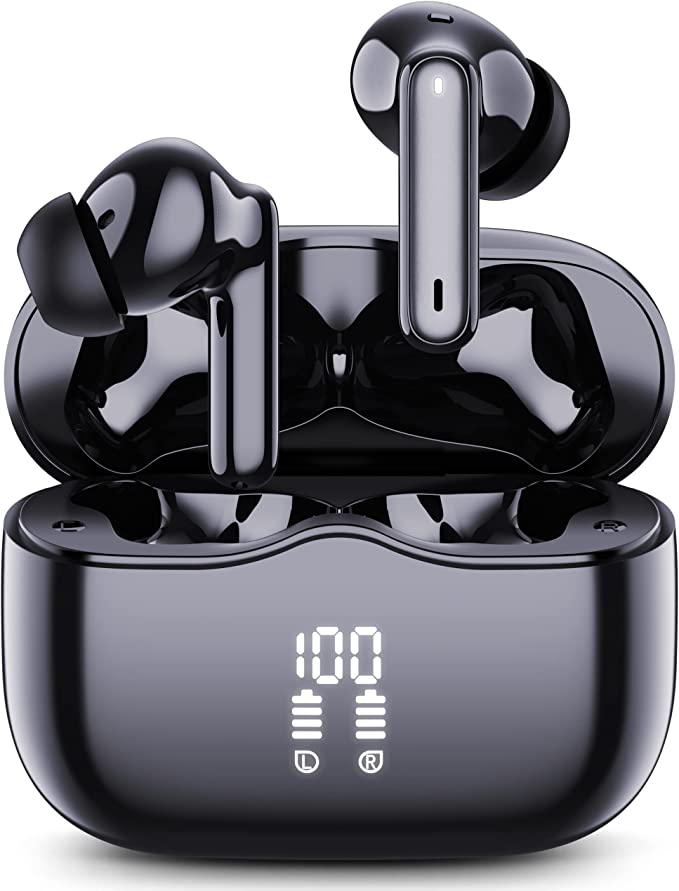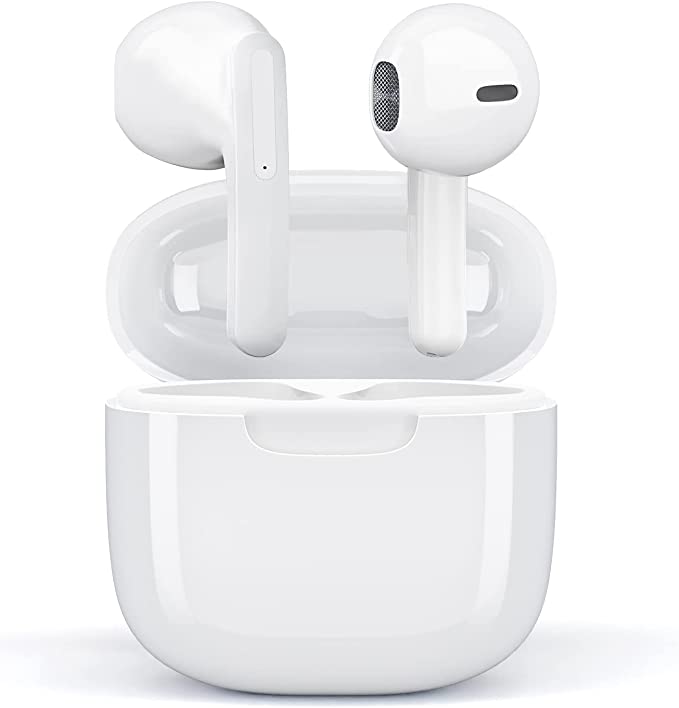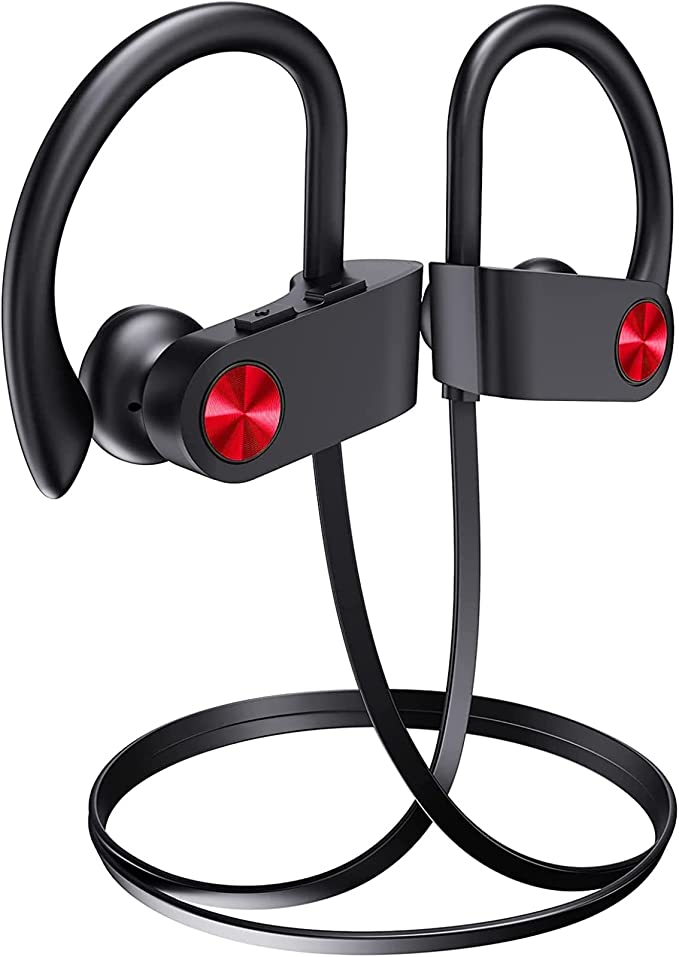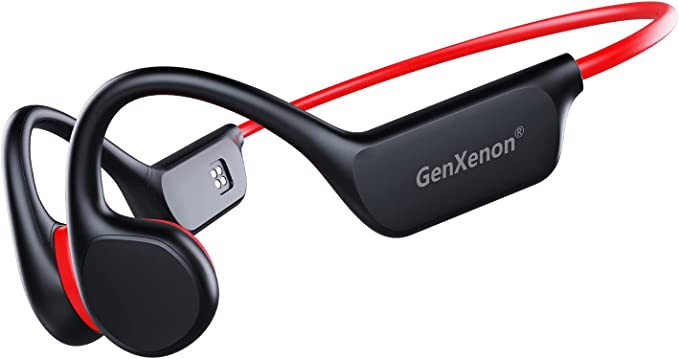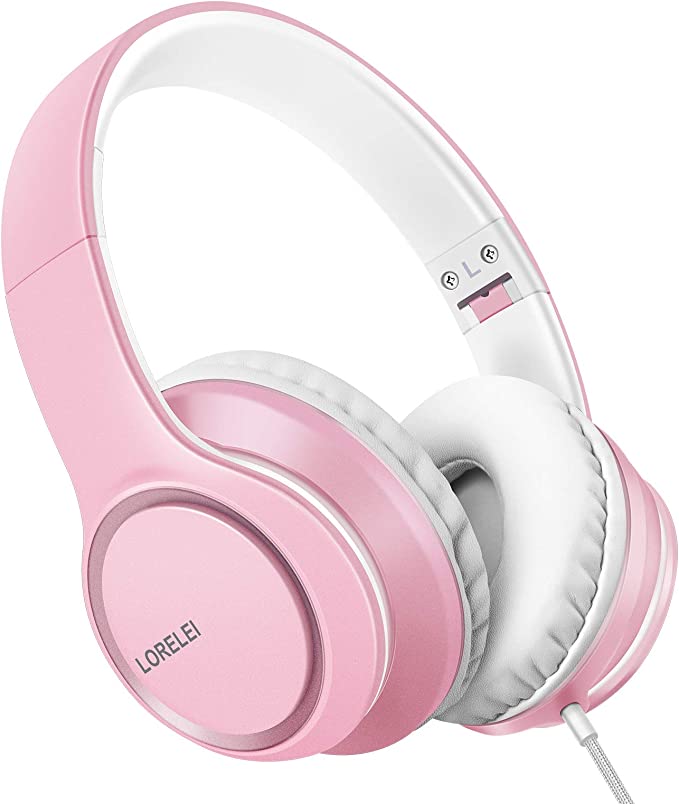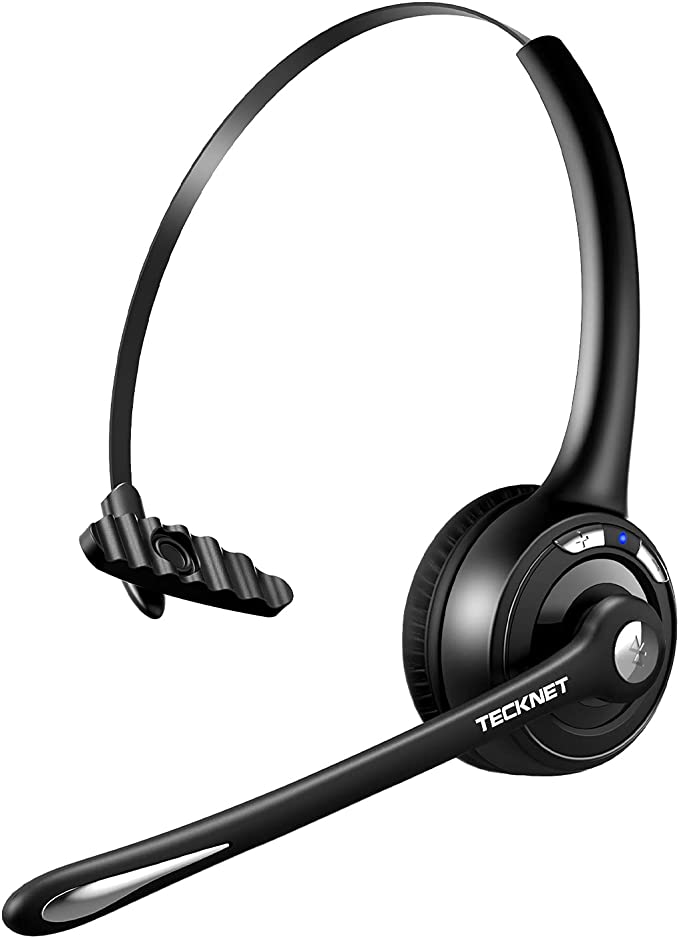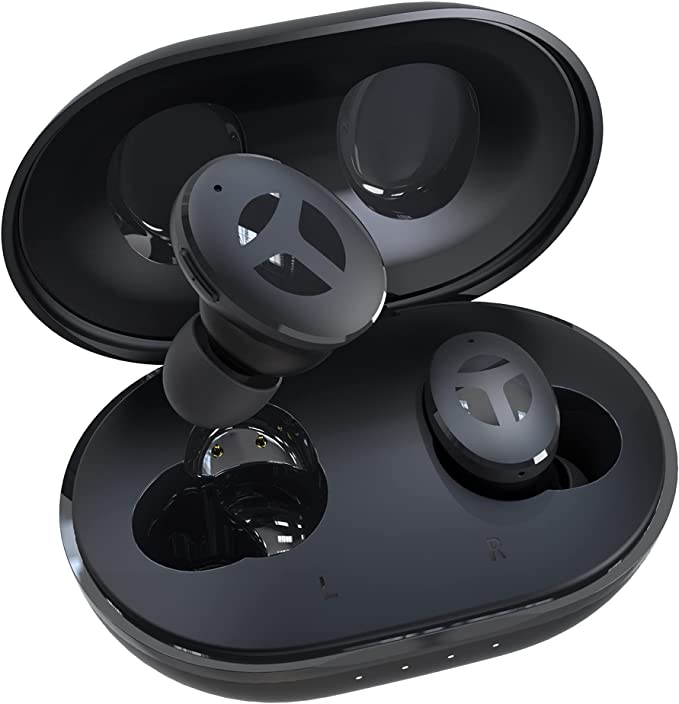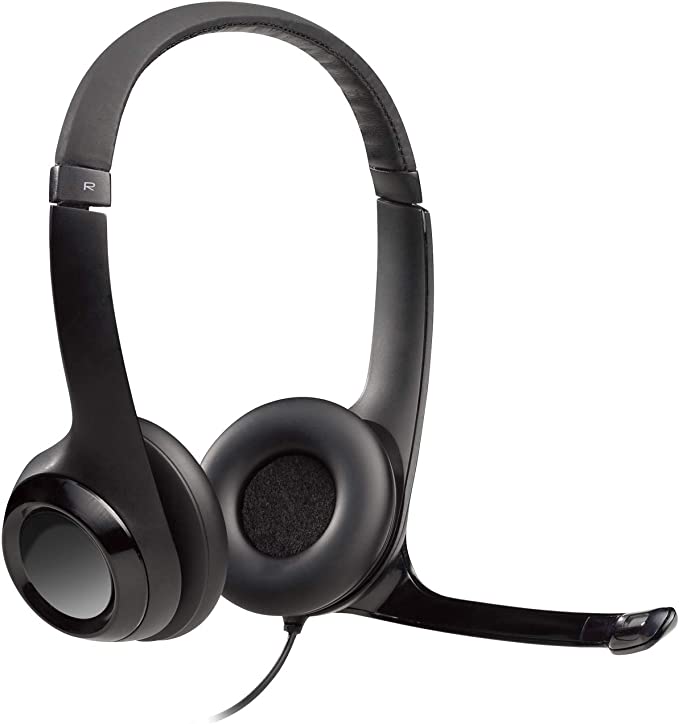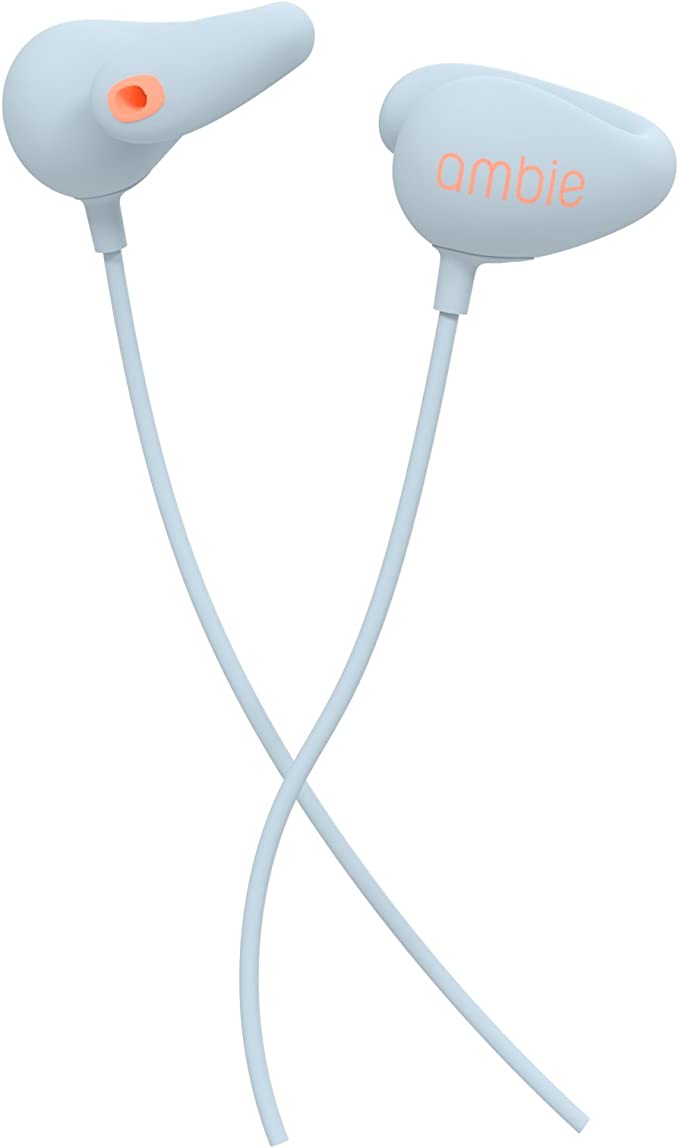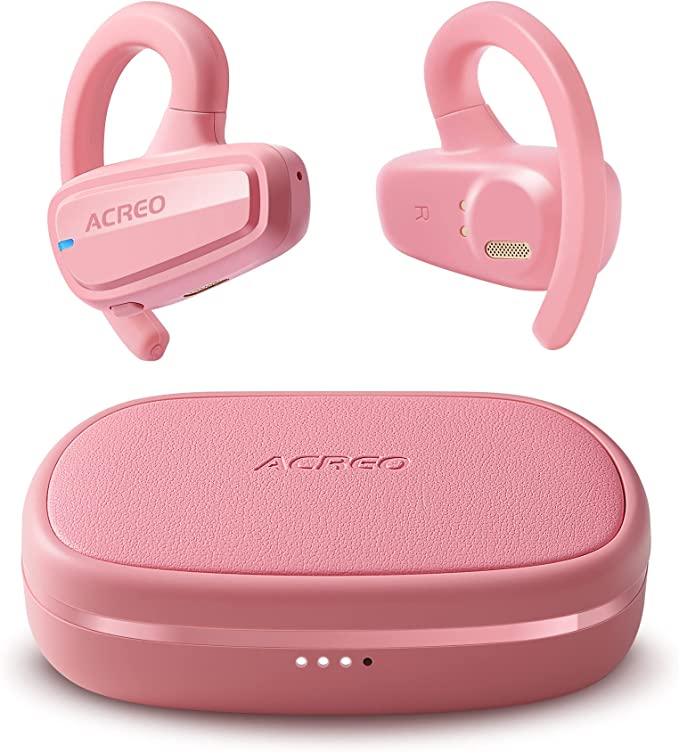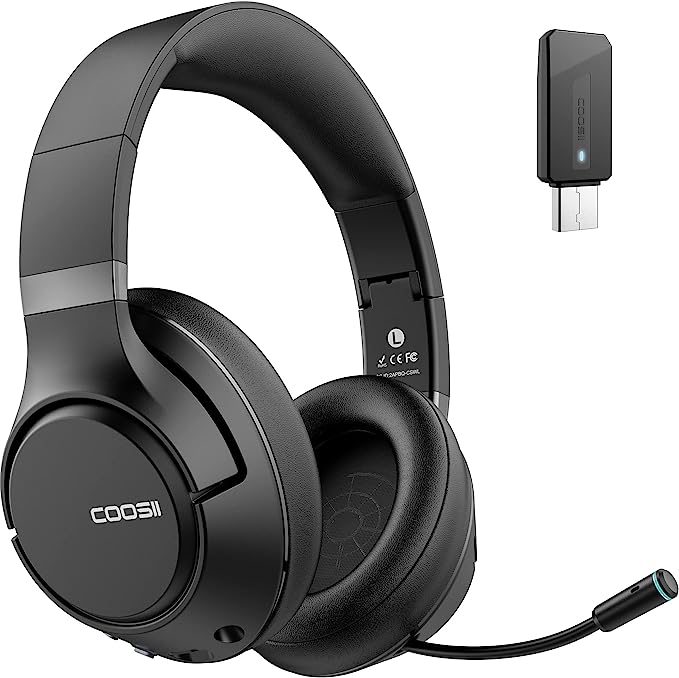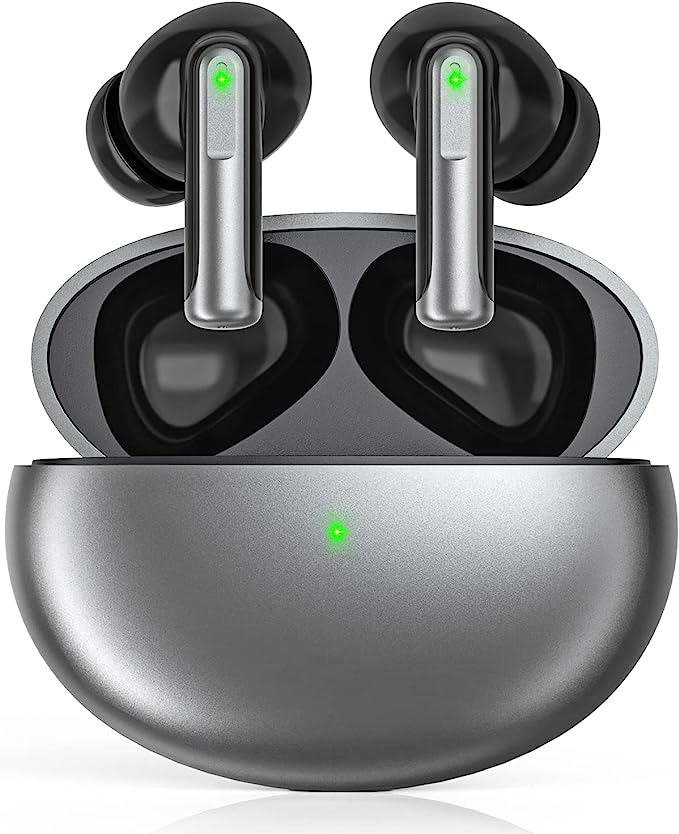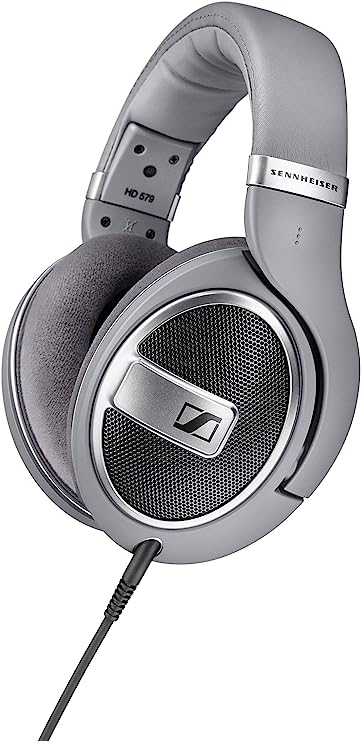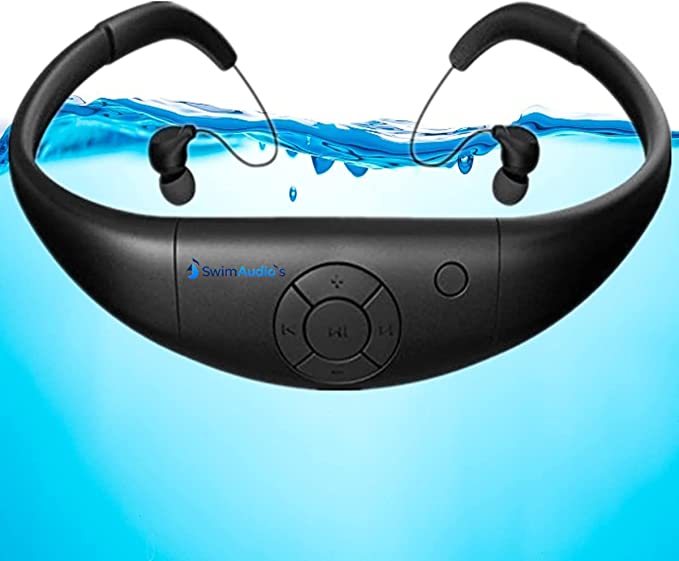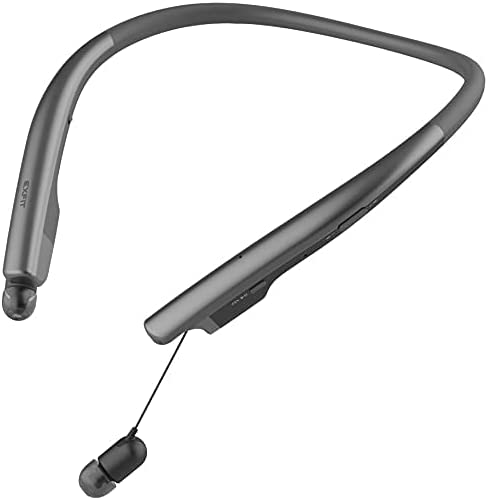Protocol vs. Physics: Decoding Bluetooth 5.3's RF Challenge in TWS Earbuds
Update on Nov. 14, 2025, 12:50 p.m.
In the relentless cycle of consumer electronics, new specifications often arrive with grand claims, promising to erase the technical limitations of the past. The leap from Bluetooth 5.0 to Bluetooth 5.3 is one such milestone, theoretically bringing superior efficiency, reduced latency, and enhanced signal reliability to True Wireless Stereo (TWS) earbuds.
Yet, a recurring pain point persists, especially in budget-friendly TWS models: real-world connection instability. Users report audio dropouts, signal stuttering when turning their head, and difficulties maintaining a steady link—even when running the newest protocol. This disparity between the specification sheet and the user experience is a fascinating subject of engineering, one that forces us to reconcile the theoretical elegance of a protocol like Bluetooth 5.3 with the immutable laws of physics and the uncompromising constraints of TWS hardware design.
The Promise of Protocol: What Bluetooth 5.3 Should Deliver
Bluetooth 5.3 is not merely an incremental update; it introduces several key features that should fundamentally benefit miniature, battery-dependent devices like the QCY T20 and its peers.
- Enhanced Channel Classification: Think of the 2.4 GHz spectrum (where Bluetooth operates) as a busy, public radio highway, constantly congested by Wi-Fi, microwaves, and other devices. Older Bluetooth versions struggled to quickly identify “bad” (congested) channels. BT 5.3 improves the protocol’s ability to classify and avoid these channels, allowing devices to maintain a clear path, which should reduce interference and dropouts.
- LE Audio and the New Codec: While optional, the introduction of the LE Audio standard and the new LC3 codec allows for the transmission of high-quality audio at lower bitrates, significantly improving power efficiency. This theoretically extends playtime on the tiny Lithium-ion cells found inside TWS buds, helping to maximize the listed 20-hour playtime (combined with the charging case) seen on many new models.
- Connection Subrating: This feature allows devices to switch quickly between different connection states (e.g., from a high-power, high-data mode to a low-power maintenance mode). This efficiency is critical for managing power use and reducing latency spikes.
In summary, the protocol has never been smarter, more robust, or more power-efficient. The problem lies not with the software blueprint, but with the physical implementation.

The Constraint of Physics: The Head Shadowing Effect
The most challenging engineering hurdle for any TWS earbud—from the most expensive to the most budget-friendly like the QCY T20—is a phenomenon known as the Head Shadowing Effect. This is the single biggest cause of the user complaint: “audio drops out just by moving my head.”
Bluetooth operates in the 2.4 GHz frequency band. At this frequency, radio waves are easily scattered and absorbed by water-dense objects. The human head, which is approximately 70-80% water, is an exceptionally effective signal blocker and absorber.
In a TWS setup, one earbud (the primary) connects to the phone, and the secondary earbud connects to the primary. When you place your phone in your left pocket and turn your head to the right, your head and neck become a large, water-filled obstacle between the primary earbud and the phone. This blockage can cause up to 30 dB of signal attenuation—a catastrophic loss that even the intelligence of Bluetooth 5.3 cannot easily overcome.
The Antenna Compromise
The solution to signal loss in traditional radio frequency (RF) design is simple: use a larger, more efficient antenna and higher transmitting power. TWS earbuds, however, operate under the most severe constraints:
- Size: The TWS form factor (often the case with half-in-ear designs like the T20, which features a slightly “bulky” stem) offers minimal space. This forces engineers to use tiny, often less efficient ceramic or PCB antennas.
- Power: The miniature battery imposes a strict power budget. Increasing the transmit power to blast through the “head shadow” would severely reduce the single-charge playtime (which users have noted can drain quickly).
- Chipset Quality: The quality of the RF circuitry, often integrated into a System-on-a-Chip (SoC), varies dramatically. High-end buds use custom-tuned chips with sophisticated firmware to dynamically increase power only when a drop is imminent. Budget alternatives rely on more standardized, cost-effective chipsets where this fine-tuning is often lacking.
In this context, the QCY T20 acts as a prime example: the specification (BT 5.3) is cutting-edge, but the physical constraints of its budget TWS implementation mean the head shadowing effect and the inherent limitations of its miniature antenna design will ultimately dominate the user’s connection experience.

Ergonomics and Acoustics: The Half-In-Ear Trade-Off
The QCY T20 uses a half-in-ear design, similar to the foundational form factor popularized by early TWS models. This is an engineering choice with significant functional trade-offs, particularly for acoustic performance and fit.
- Acoustic Principle: Unlike sealing earbuds, which create a pressure-tight seal for passive noise cancellation and enhanced bass response, the half-in-ear design rests in the outer ear. This prioritizes comfort and situational awareness over passive isolation.
- Bass Challenge: The major acoustic challenge of this open design is reproducing deep bass frequencies. Low-frequency sound waves require a sealed chamber (like a speaker box) to build pressure. Without that seal, bass tends to “leak out,” making the sound thin. Manufacturers must compensate by aggressively boosting the bass frequencies digitally through the earbud’s internal Digital Signal Processor (DSP)—a tuning choice that often results in a “good sound quality” for casual listeners but can introduce distortion or muddiness.
- The Fit Variance: User feedback, including complaints that the earbuds were “too big,” underscores the primary limitation of this design. Since it relies on a one-size-fits-all plastic housing (rather than customizable silicone tips), the fit is entirely dependent on the user’s unique ear geometry. If the rigid shell doesn’t align perfectly, comfort is sacrificed, and the acoustic performance degrades due to massive bass leakage.
Engineering for Endurance: IPX5 and Charging Reliability
A TWS earbud is an active-life tool, demanding durability that transcends the communication protocol. The IPX5 rating on the QCY T20 provides a crucial baseline of physical resilience.
The IPX standard is an objective classification: ‘5’ indicates protection against low-pressure water jets from any direction. In functional terms, this translates to robust protection against:
- Heavy Sweating: During intense exercise.
- Light Rain or Drizzle: On a commute or walk.
It is important to understand that IPX5 is not IPX7 (temporary immersion), nor does it guarantee protection against high-pressure water or corrosive liquids like saltwater. It is a necessary feature for everyday functionality, a commitment to surviving the most common moisture events without failure.
However, durability also extends to charging. The frequent need to insert and remove TWS buds means the metal charging pins inside the case are high-stress points. When users report issues like one earbud failing to charge, it often points to a minor misalignment or dirt accumulation on these tiny contact points—a mechanical design challenge inherent to the TWS form factor that engineers must constantly battle.

Conclusion: The Triumph of Implementation Over Spec
The QCY T20, equipped with Bluetooth 5.3, serves as an excellent case study in the modern TWS market. It demonstrates the democratization of cutting-edge wireless protocols, making sophisticated features available at accessible price points. Yet, its user feedback perfectly illustrates the enduring reality: in the realm of TWS audio, physics trumps protocol.
For the informed consumer, the lesson is clear. While the Bluetooth 5.3 specification promises a more stable future, the immediate, real-world experience hinges on the quality of the physical implementation—the efficiency of the antenna, the intelligence of the integrated RF chipset, and the ergonomic design’s ability to minimize signal absorption. The QCY T20 is a powerful entry point to the world of BT 5.3, but users must understand the intrinsic RF trade-offs dictated by its miniature and cost-constrained TWS design.


